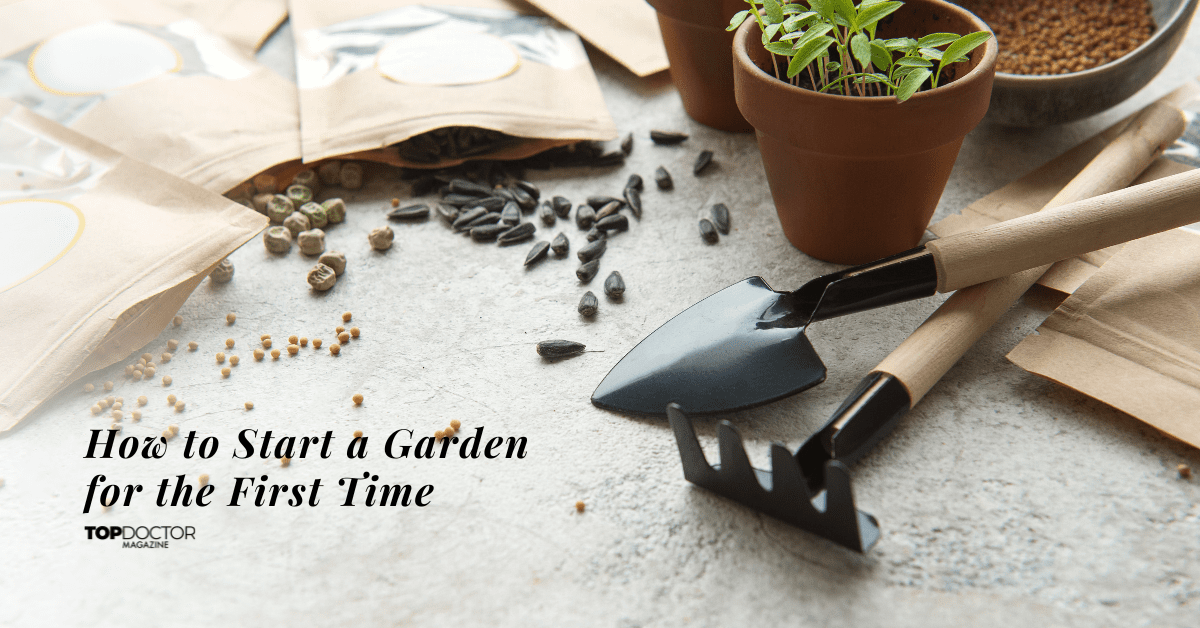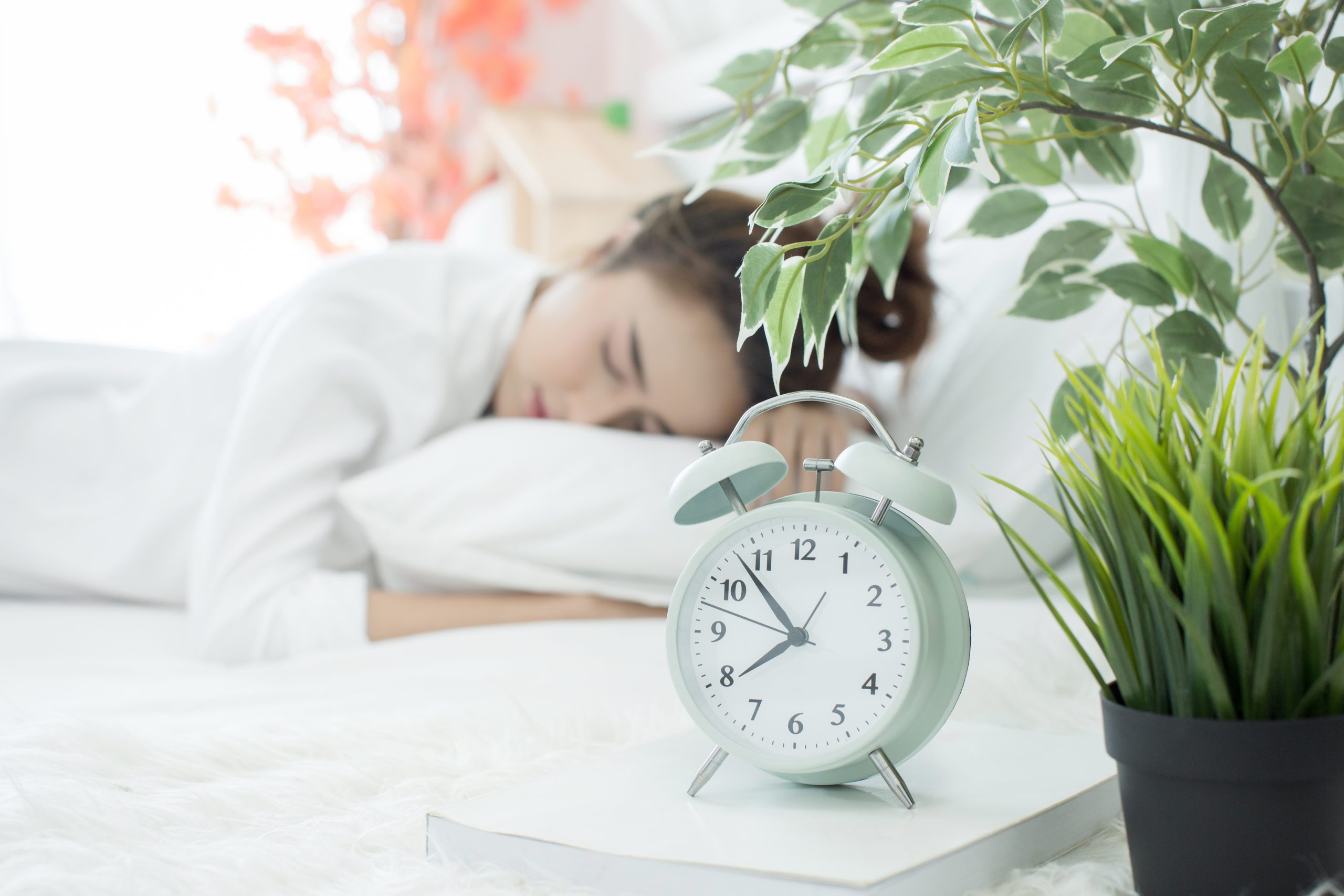Planning to start your first garden? Here are a few things to keep in mind!
When ready to immerse yourself in gardening, begin by choosing the ideal spot. Ideally, you want a location with plenty of sunlight and good drainage. If you have a large yard, you’re in luck, as various spots can meet these criteria. But if you have a smaller yard or live in an apartment, it’s time to get more creative. Maybe a sunny porch or your cluttered balcony cannot wait to become your future green haven!
Once you’ve chosen your location, it’s time to head back to the planning board! Flowers, vegetables and herbs are all great options for first-time gardeners. No splendid ideas have grown roots in your mind? You can always talk to your local nursery or gardening store for advice on what plants will do well!
And, of course, do some research on which plants will do well in your climate and soil type. All set to go green? Time to get started!
Soil
But first, let’s lay the groundwork by testing your soil. This step will help determine what tools and plants are best suited for your garden.
To test your soil, you’ll need a soil testing kit. These can be purchased at most garden centers or online. Once you have your kit, follow the instructions to collect a soil sample from your garden. Then, send the sample off to a laboratory for testing. The results will tell you the pH level of your soil and what nutrients it contains.
Based on the results of your soil test, you can then choose the tools and plants your future garden needs. For example, if you have acidic soil, you’ll need to be careful about what plants you choose, as some plants prefer alkaline soils.
Be Strategic
You’ve learned all about your soil and equipped yourself with the right tools. Time to get all strategic! With a little planning, you can grow a beautiful and bountiful garden that will provide you with fresh flowers and vegetables all season long!
- Flowers: If you want to grow flowers, consider a space that gets at least six hours of sunlight per day. You’ll also need to ensure you have enough room to accommodate the type of flowers you want to grow.
- Vegetables: A vegetable garden is a great way to get fresh produce and cut your trips to the produce aisle down. For starters, you’ll need a space that gets at least six hours of sunlight per day and is large enough to accommodate the type of vegetables you want to grow.
- Herbs: Interested in growing herbs? Six hours of sunlight per day and adequate space are all these aromatic superfoods need!
Once you have chosen what kind of garden you want, you’ll need some seeds or seedlings. Your local nursery or gardening center can help you choose the right ones for your climate and space.
Pots and Containers
Now that you’ve chosen your plants, it’s time to get some pots or containers for them. The type of pot or container you choose will depend on the plant you’re growing.
Growing flowers? You’ll probably want to use decorative pots or planters. You can find these at most garden stores or online. Just make sure they have drainage holes, so your plants don’t get too wet.
Focused on vegetables? You can use just about any type of pot or container! Old food or coffee cans make great planters for small plants. Just be sure to punch a few holes in the bottom for drainage. You can also repurpose plastic containers like milk jugs or laundry detergent bottles. Cut some holes in the bottom, and you’re good to go!
No matter what type of pots you choose, make sure they’re big enough for your plants. You don’t want your plants to get too crowded. They’ll need room to grow!
Basic Gardening Tools
Gardening may seem like a daunting task when it comes to the tools needed to begin. There are so many different tools and supplies, and it’s hard to know where to start! But not to worry; it’s all about baby steps. Don’t try to go pro from the start. You can easily shoot for the stars with simple, day-to-day tools you might already own!
A watering can is one of the essential garden tools. It’s perfect for giving your plants a quick drink and easy to transport around the garden. Look for a watering can with a long spout so that you can reach all of your plants easily.!
Next on the essential garden tool list is a hoe. A hoe is a tool that helps you loosen up the soil, remove weeds and keep your garden beds in good shape. If unsure which hoe to choose, look for one with a comfortable grip and a sharp blade.
Shovels are another vital garden tool. You’ll need a shovel to help you dig holes for planting and move soil and mulch around your garden. Look for a shovel that’s the right size for you — if it’s too big or too small, it won’t be easy to use.
Gardening gloves are part of any gardener’s toolkit. All that hard work can be tough on your hands, so protecting them is important. Look for comfortable and breathable gloves, so you can wear them for long periods without feeling uncomfortable.
Pruning shears are also an important garden tool, especially if you’re growing flowering plants. They help you trim dead or overgrown branches to keep your plants healthy and looking their best.
Finally, a garden hose will help you water your plants, wash off garden tools and keep your garden looking all neat. Look for a garden hose that’s durable and easy to use.
So there you have it: some basic garden tools every new gardener needs!
With these basic garden tools in your arsenal, you’ll be ready to get started on your gardening journey. Happy planting!
Let’s Get Started
You have all you need to start your first garden! You have the space, the garden tools and the soil. You have chosen the plants you want to grow. The last thing you need to do is get started!
To start, you will need to till the soil, either with a garden hoe or a tiller. Remember to loosen the soil so that the roots of your plants can easily take hold. Once the soil is loose, you can begin planting your seeds or seedlings. Be sure to plant them at the correct depth and spacing according to the instructions on the seed packet.
Water your plants regularly, especially when they are first getting established. When they mature, you can cut back on watering. Fertilize your plants according to the directions on the fertilizer packaging. Also, you will want to remove any weeds that are competing with your plants for soil and water.
That’s it! With a little care and dedication and lots of patience and attention, you will soon have a beautiful garden that you can enjoy for years to come!






0 Comments